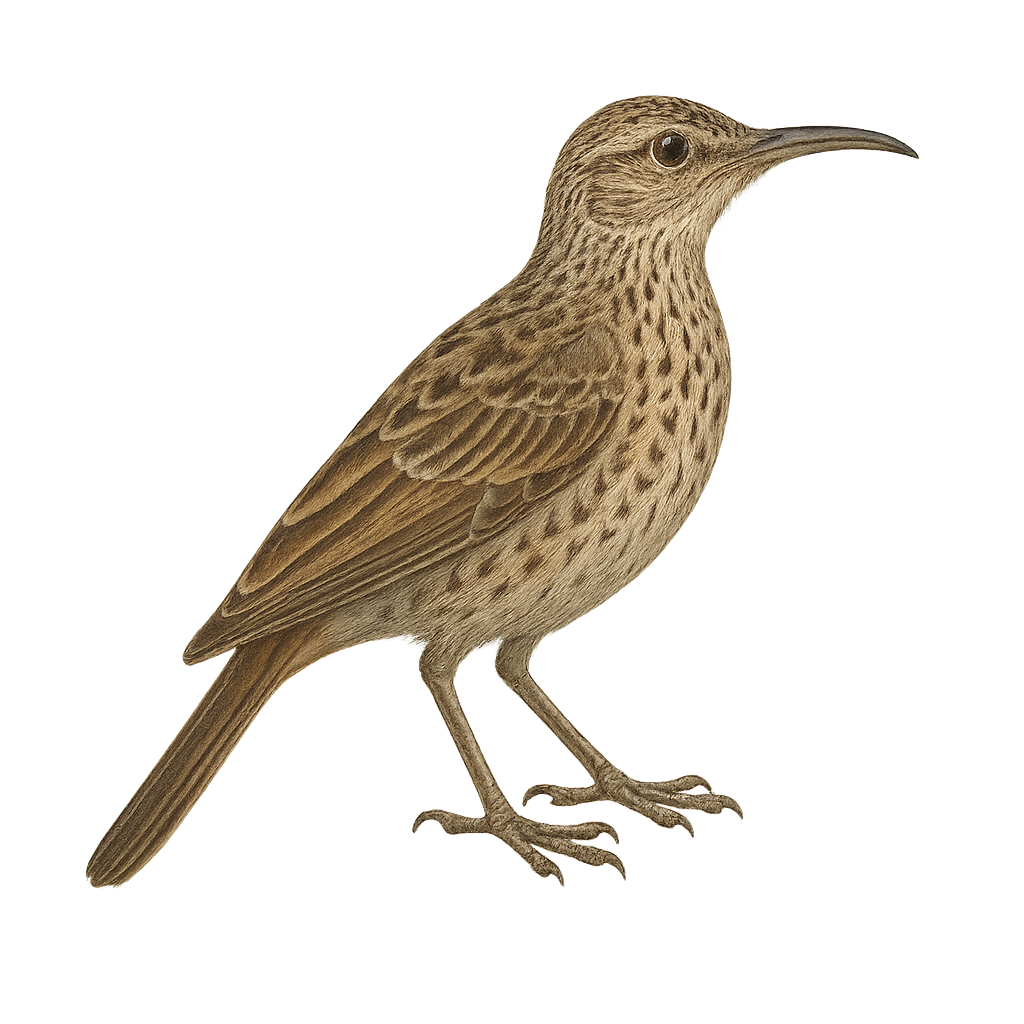Your wildlife photography guide.
Explore the cape long-billed lark in detail, study its behavior, prepare your shots.
Where to observe and photograph the cape long-billed lark in the wild
Learn where and when to spot the cape long-billed lark in the wild, how to identify the species based on distinctive features, and what natural environments it inhabits. The WildlifePhotographer app offers tailored photography tips that reflect the cape long-billed lark’s behavior, helping you capture better wildlife images. Explore the full species profile for key information including description, habitat, active periods, and approach techniques.
Cape Long-billed Lark
Scientific name: Certhilauda curvirostris

IUCN Status: Least Concern
Family: ALAUDIDAE
Group: Birds
Sensitivity to human approach: Suspicious
Minimum approach distance: 10 m
Courtship display: July to August
Incubation: 15-17 jours
Hatchings: July to September
Habitat:
Arid plains, savannas, semi-desert areas
Activity period :
Primarily active during the day, with peak activity in the morning and late afternoon.
Identification and description:
The Cape Long-billed Lark is a bird endemic to South Africa, well adapted to arid and semi-arid environments. It is characterized by its long, curved bill, which it uses to probe the ground for insects and seeds. Its plumage is generally brown with lighter shades on the belly, providing excellent camouflage in its natural habitat. Often seen alone or in small groups, it moves quickly on the ground. Although discreet, it is known for its melodious song, often delivered from a high perch. Its adaptability to harsh conditions makes it a resilient species, although its habitat is threatened by agricultural expansion.
Recommended lens:
400mm – adjust based on distance, desired framing (portrait or habitat), and approach conditions.
Photography tips:
To photograph the Cape Long-billed Lark, it is advisable to use a telephoto lens of at least 400mm to capture detailed images without disturbing the bird. Look for open areas where it is active, usually on the ground. Be patient and discreet, as it can be suspicious. The best times for photography are early morning or late afternoon, when the light is soft and the bird is most active. Use a tripod to stabilize your camera and achieve sharp images.
From knowledge to field practice
A species profile helps you understand an animal. In the field, the challenge is often different. Remembering your own observations.
The WildlifePhotographer app allows you to:
• record your personal observations
• note locations, dates, and behaviors
• revisit your field references over time
• build a private and long-term field logbook
The app does not provide observation locations.
It helps you organize what you actually observe, with respect for wildlife.

